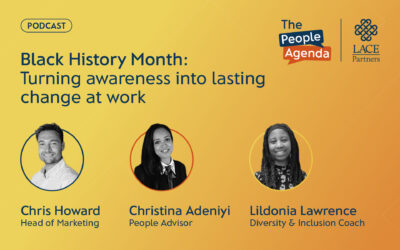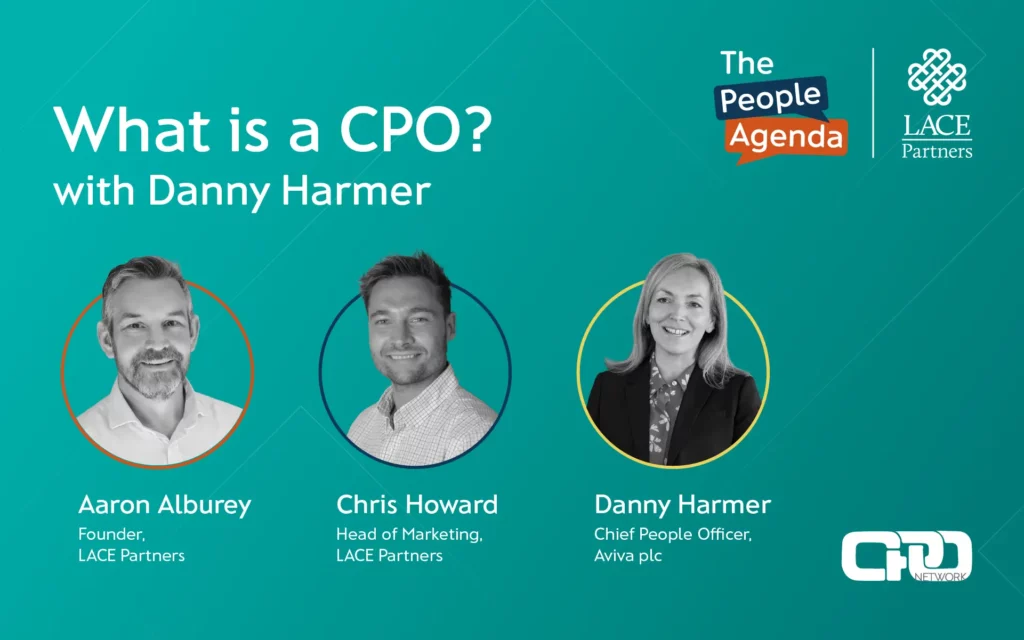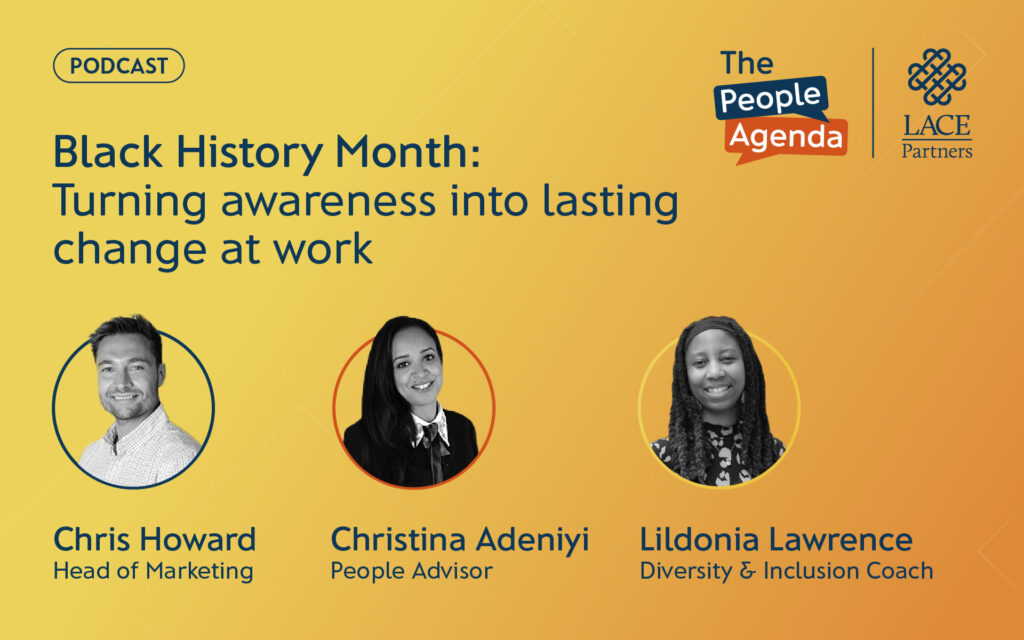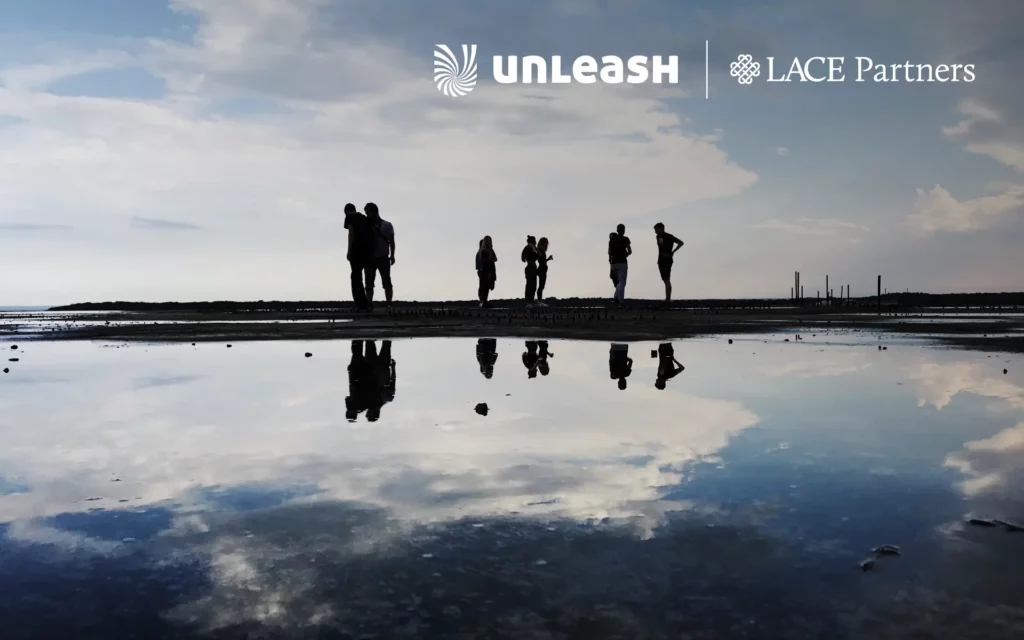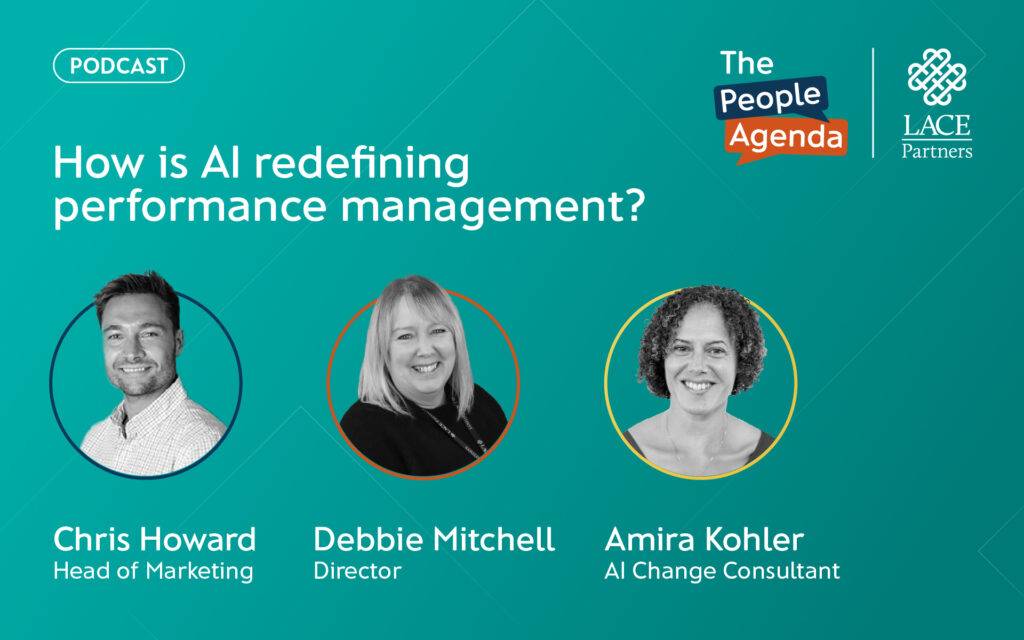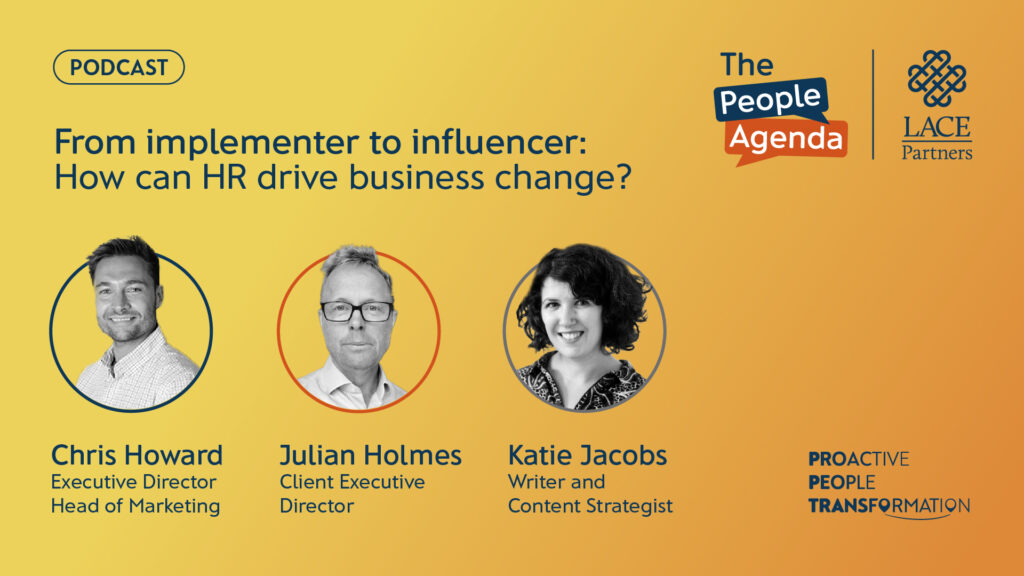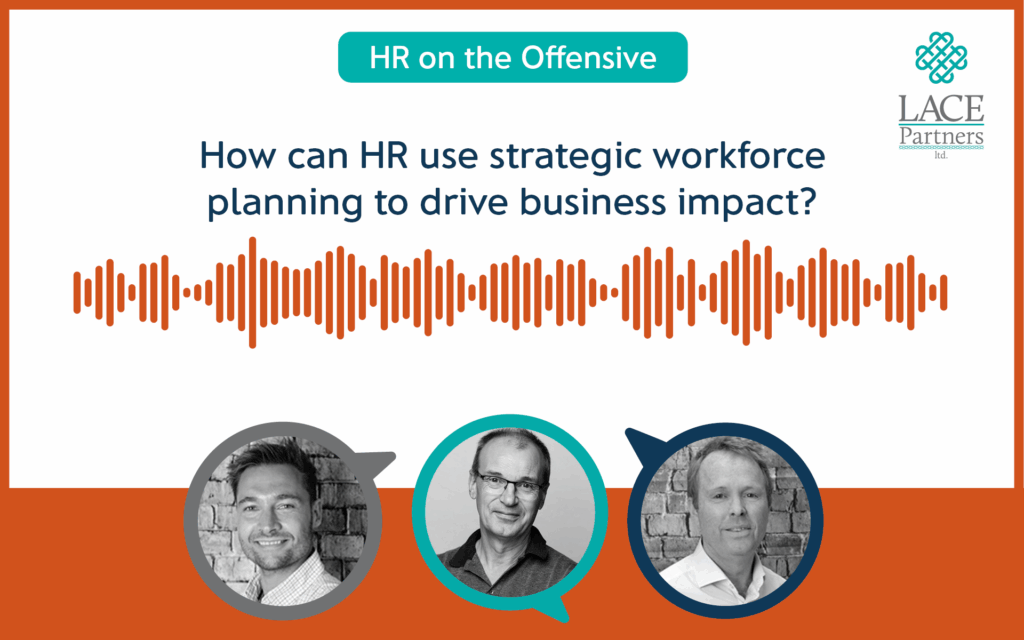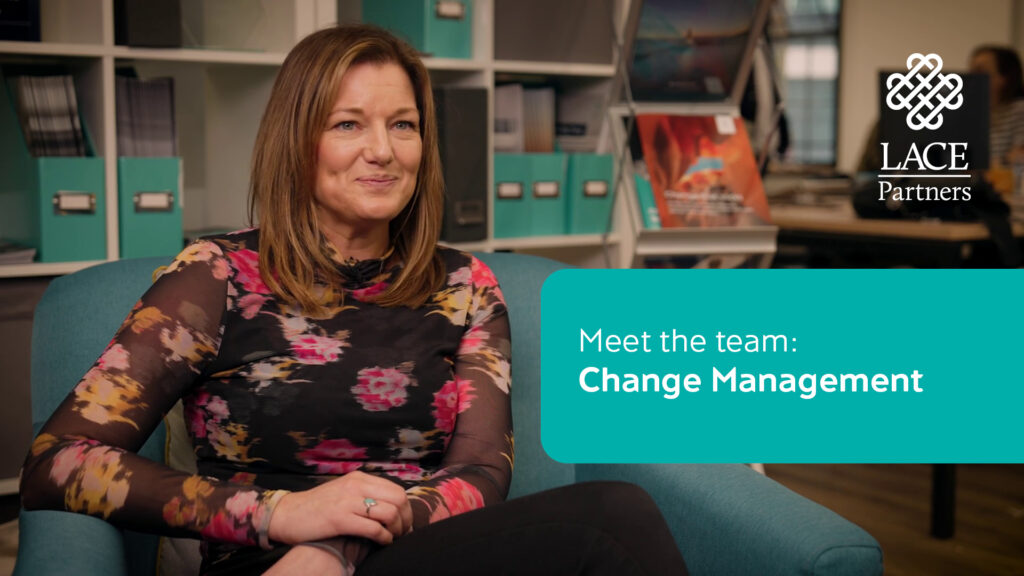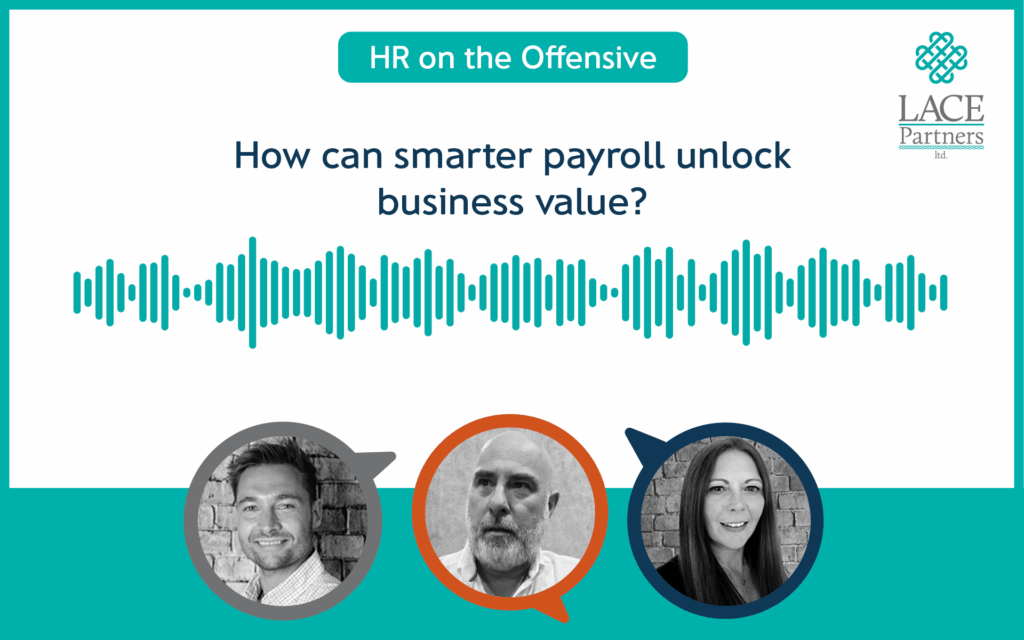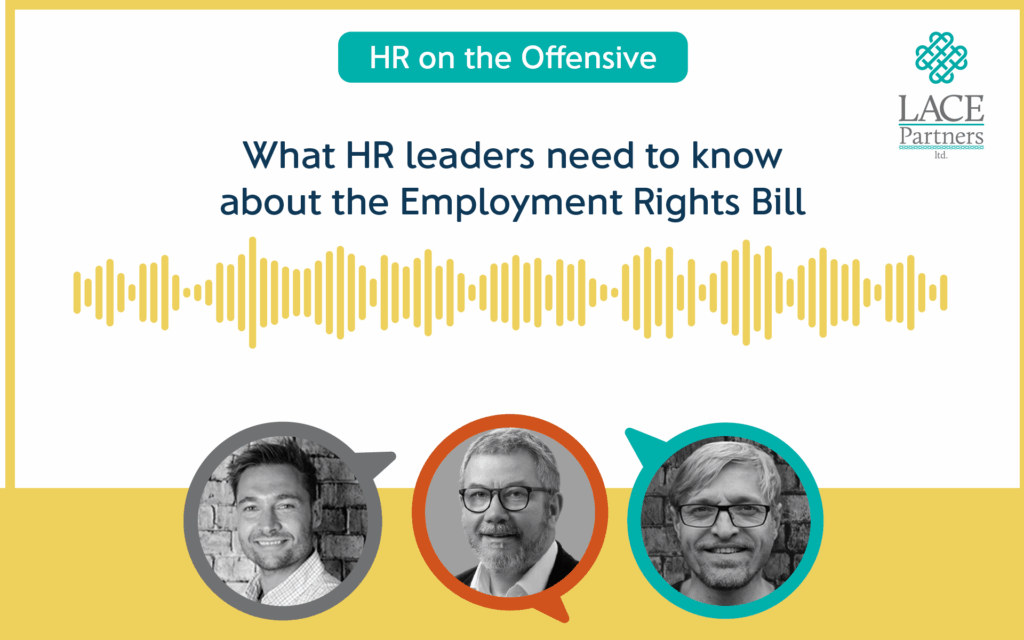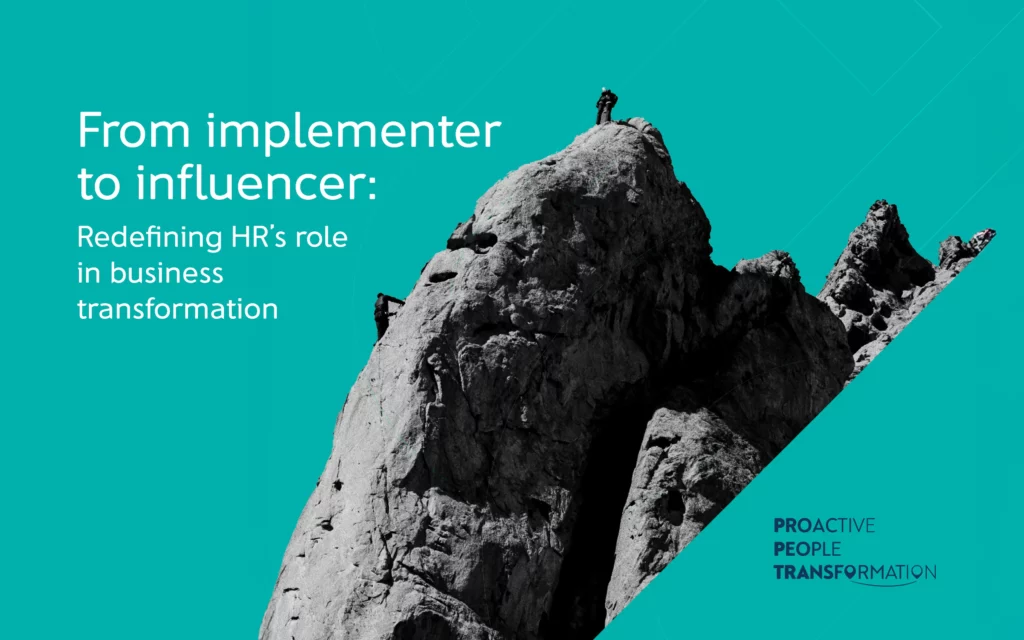Forty years ago, mastering a skill had a “half-life” of at least a decade. Ten years ago, that timeframe shrank to around four years. Today, due to rapid advancements in digital technology and artificial intelligence, a skill’s relevance might last just two years before requiring an update. The relentless pace of progress means that even experts in their fields can quickly find themselves lagging behind.
The rapid evolution of technology makes it difficult to predict how much more the world will change over the next ten years. This phenomenon of certain jobs gaining prominence while others fade away leads to the categorisation of skills into “sunrise” and “sunset”.
Sunrise skills
Sunrise skills refer to emerging or hot skills that are becoming increasingly important in the job market due to technological advancements, economic shifts, or societal changes.
Evergreen skills
Evergreen skills are foundational abilities that remain valuable and relevant. Unlike sunrise or sunset skills, evergreen skills do not depend on specific tools or trends — they are core competencies that consistently support personal and professional success.
Sunset skills
Sunset skills are abilities or knowledge areas that are declining in demand due to technological advancement, automation, changing business needs, or evolving consumer behaviour. These skills are gradually becoming outdated or less relevant in the modern workforce.
Skills mapping horizon

How can you use sunrise and sunset skills?
Transitioning sunset skills:
What do you do when you identify a ‘sunsetting’ skillset?
- Identify transferable or adjacent skills: just because a skillset is ‘sunsetting’ does not mean that those that possess those skills are no longer required. Highlighting adjacent skills can guide individuals to focus on skill-building aligned with personal interests and business needs. Skills insight tools are readily available to map adjacent skills instantly.
- Phasing out reliance: where lack of technology adoption is maintaining sunsetting skills such as manual data entry or analysis, consider prioritising digitalisation efforts to refocus attention on utilising and building skills that are rising in importance.
- Proactive skill transition: ringfencing time for reskilling can encourage on-the-job skill building specifically for roles that have skills are likely to become sunset skills. Upskilling or reskilling is a sustainable, cost-effective way to transition sunsetting skills amid the decreasing lifespan of skills. What does this look like in practice? It ranges from placing employees in gig or project work to actively setting up a skills exchange between teams or departments.
Building sunrise skills:
How do you ensure your team are upskilling in emerging areas?
- Proactive skills development: identifying emerging skills early helps organisations decide which skills to develop and which roles need them. Develop new skills on-the-job through microlearning, hands-on experiences, or project-based opportunities.
- Early utilisation of skills: recognise where hot skills are being used in the organisation, likely part of transformation programmes in the current organisation, and provide opportunities for involvement to use or observe new skills in action. This can build confidence in new areas and help to upskill faster.
- Recognise newly developed skills: recognising those that have built or used sunrise skills should be built into recognition through performance management or even rewarded through spot bonuses or other non-monetary rewards. This can demonstrate the organisations commitment to reskilling over recruiting.
How can thinking about sunrise and sunset skills supercharge people processes?
Strategic workforce planning is often the pre-cursor to using skills
Strategic workforce planning can be used to identify and plan for which skills are sunrise, sunset and which roles are impacted. It provides data to guide investment decisions for talent initiatives, including:
Learning: enables the prioritisation of upskilling programmes to those that may have sunset skills. Provides data on which skill areas require learning content and programmes for a defined period.
Talent mobility: highlights where skills are required in the organisation to target skills at projects or initiatives that are driving business objectives which can build competence in sunrise skill areas.
Talent acquisition: identifies areas where there are skills gaps to hire for. Where these skills gaps are for future skills, talent pools can already start to be created, reducing reactive hiring and associated agency fees. Often, evergreen skills are overlooked in the hiring process, providing these skills to talent acquisition teams can also enable effective talent pools.
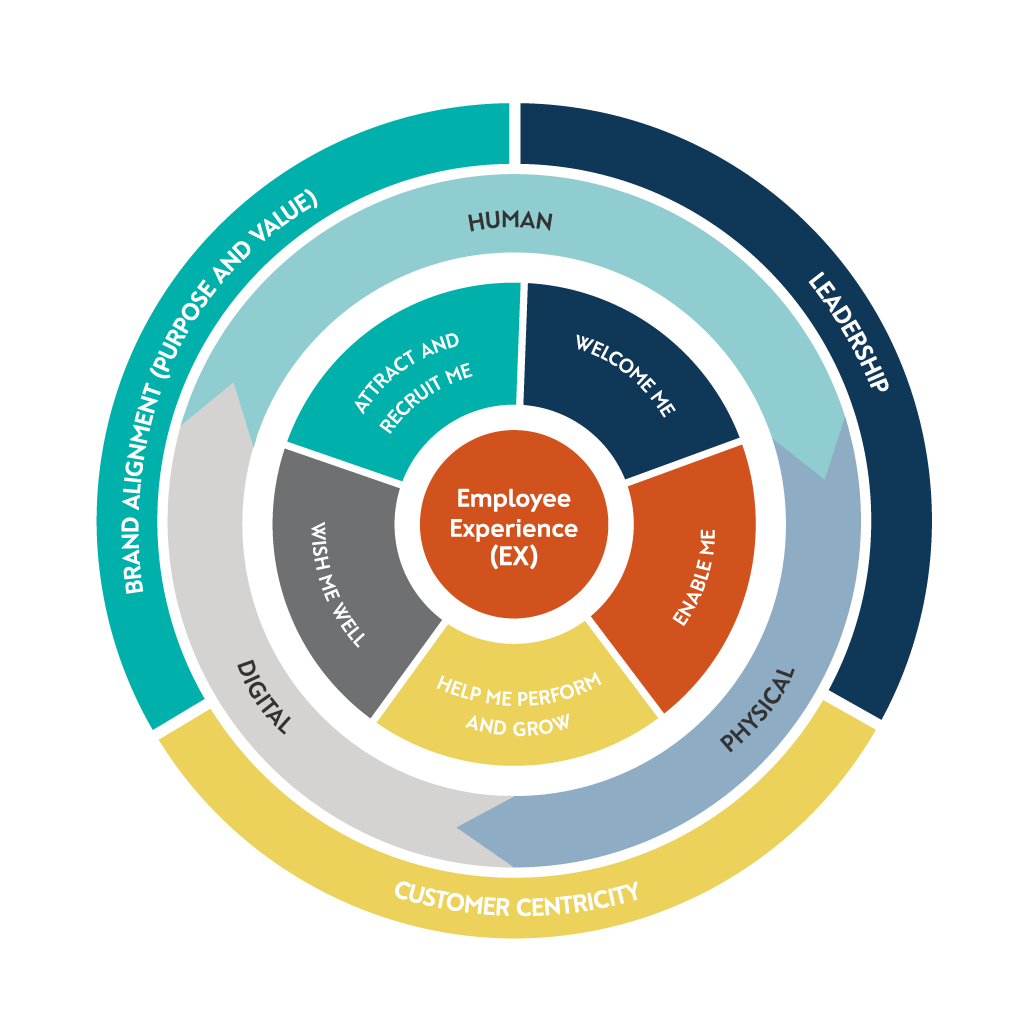
Importance of ‘always on’ skill building
To remain competitive, 54% of the workforce currently requires upskilling. This figure is projected to rise to 90% by 2030, with a potential $8.5 trillion loss in annual revenue if this gap is not addressed.
Staying ahead of the decline in a skill’s value is crucial. The World Economic Forum estimates that 50% of all employees will require reskilling by 2025 to remain competitive in the labour market.
The categorisation of skills into sunrise, sunset and evergreen is therefore a helpful method to prioritise initiatives. The skills themselves however will change over time, so organisations will need to keep close to external skills data rather than focus solely on internal information about skills already in the business.
A dynamic approach to skill transitions requires a People Function that is set up to understand and value predictive analytics and external data- something our people and workforce analytics team are passionate about. Whilst tooling and access to data is required, agility and a mindset to constantly evolve learning and talent initiatives must be in place. Check out our whitepaper on building your HR operating model to understand more about how to become more agile.







